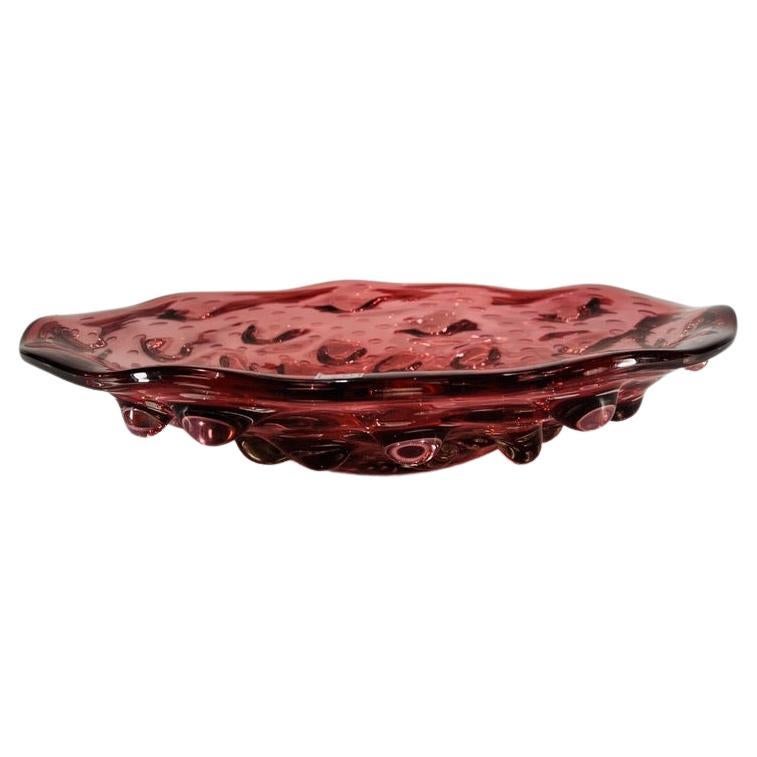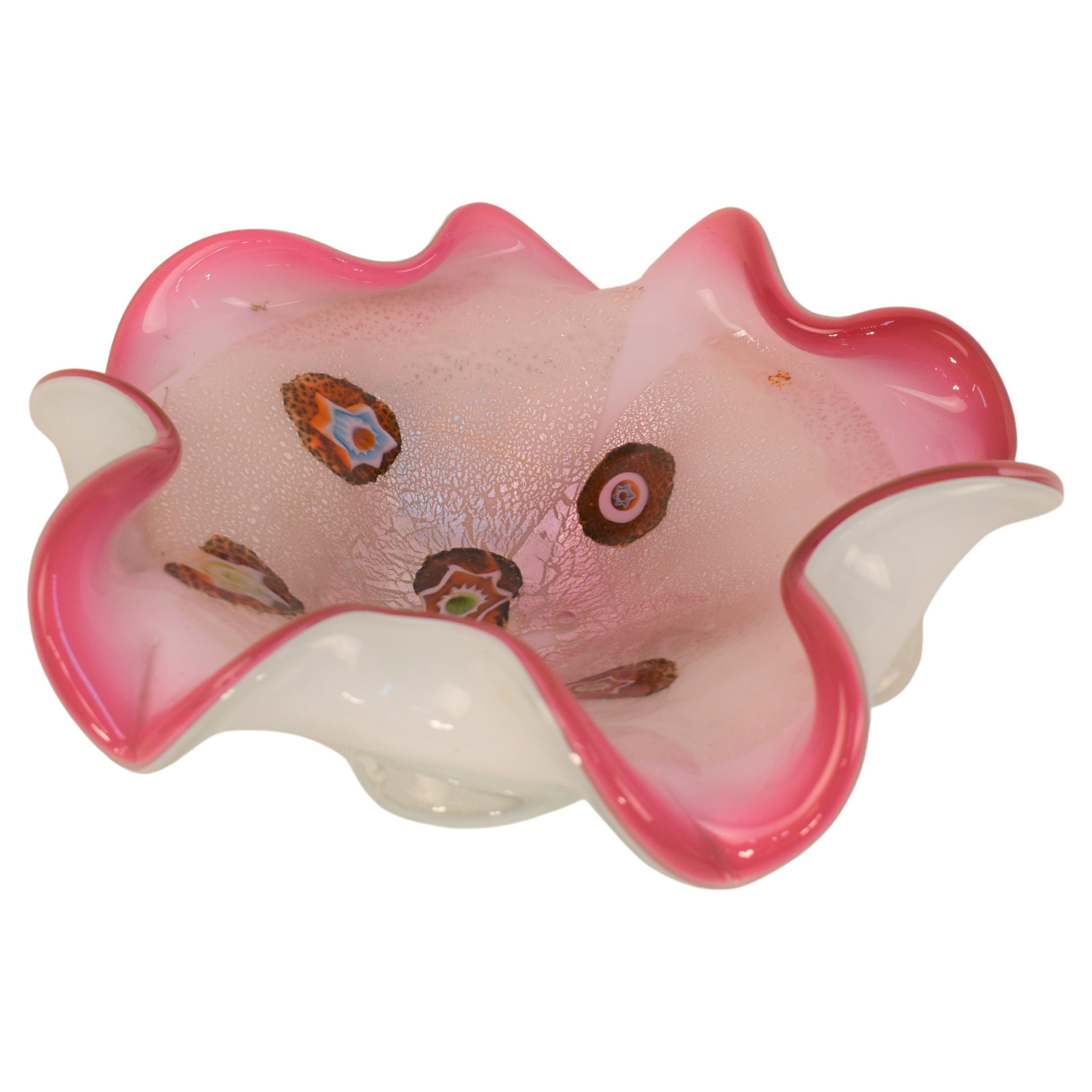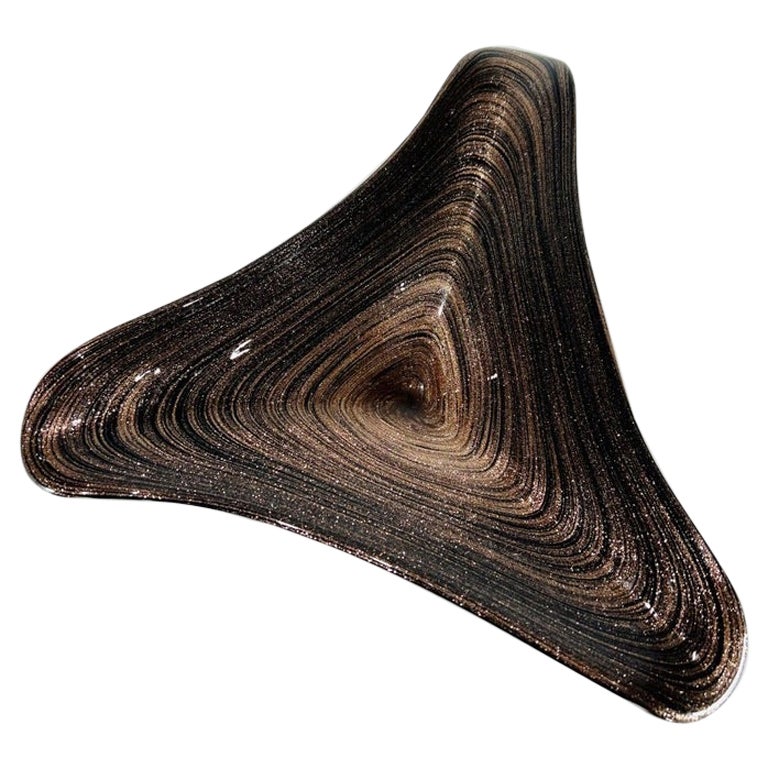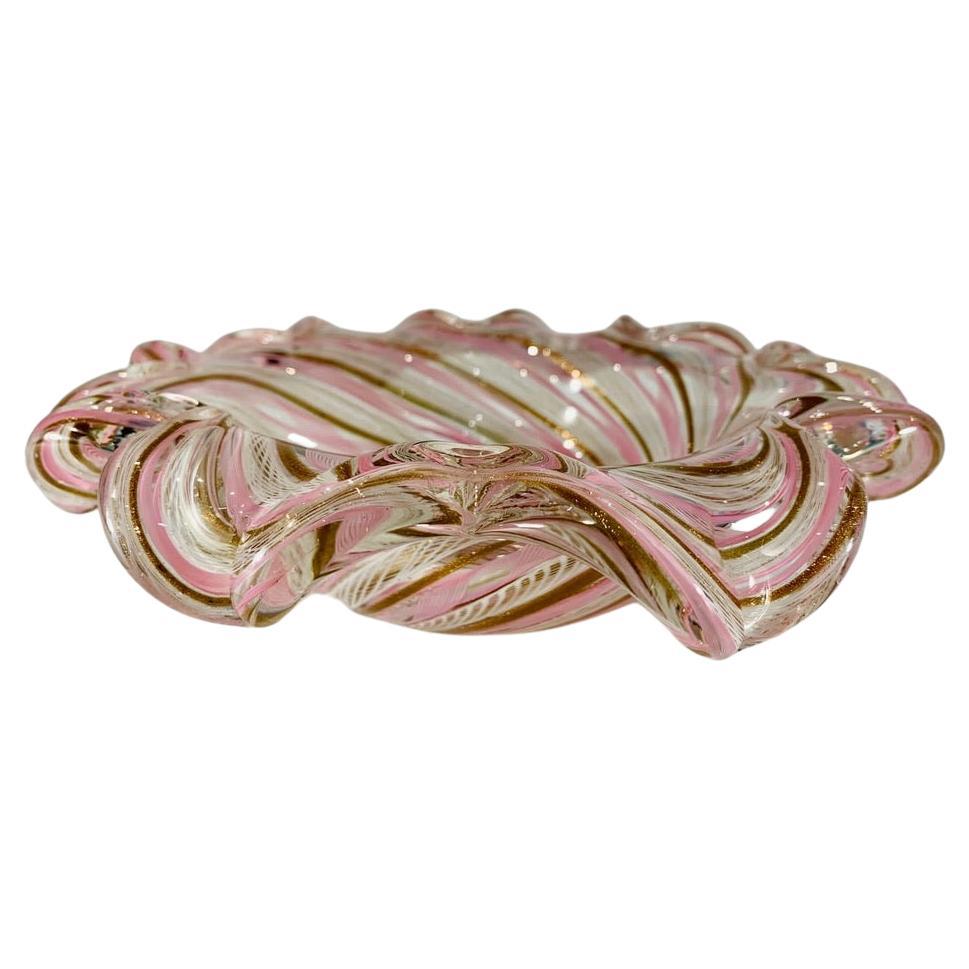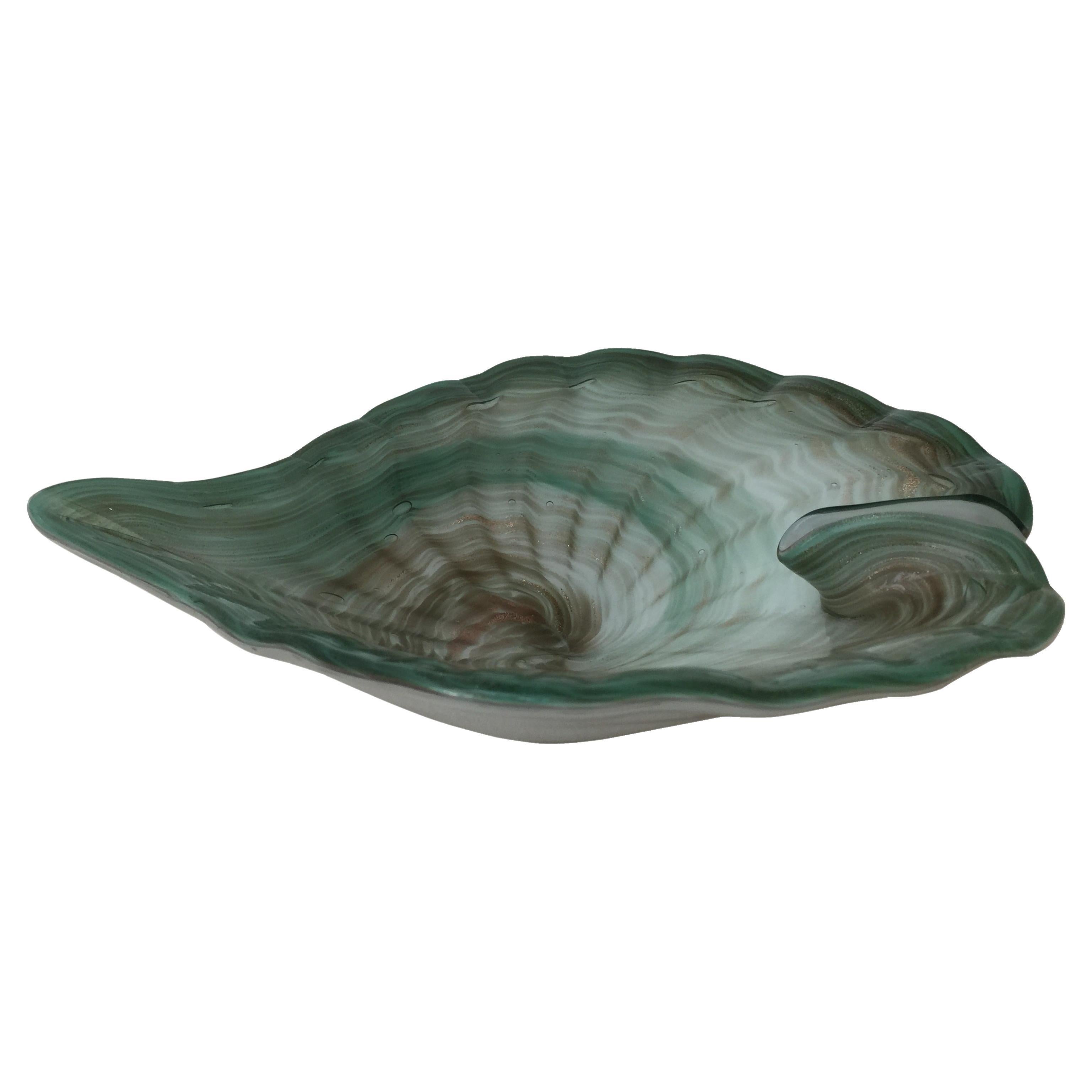Items Similar to Large Fratelli Toso attributed Murano Glass multicolor circa 1950
Want more images or videos?
Request additional images or videos from the seller
1 of 8
Large Fratelli Toso attributed Murano Glass multicolor circa 1950
About the Item
Incredible center piece in Murano glass applied attributed to Fratelli Toso circa 1950 with bubbles inside glass.
- Attributed to:Fratelli Toso (Cabinetmaker)
- Materials and Techniques:Murano Glass,Other
- Period:
- Date of Manufacture:1950
- Condition:Perfect Conditions.
- Seller Location:Rio De Janeiro, BR
- Reference Number:1stDibs: LU8821235565022
About the Seller
No Reviews Yet
Vetted Seller
These experienced sellers undergo a comprehensive evaluation by our team of in-house experts.
Established in 1981
1stDibs seller since 2023
Typical response time: 12 hours
- ShippingRetrieving quote...Ships From: Rio De Janeiro, Brazil
- Return PolicyA return for this item may be initiated within 14 days of delivery.
More From This SellerView All
- Center piece in Murano glass attributed to Fratelli Toso 1950By Fratelli TosoLocated in Rio De Janeiro, RJIncredible big center piece in Murano glass with bubbles inside the glass.Category
Vintage 1950s Italian International Style Centerpieces
MaterialsMurano Glass
- Center piece in Murano glass attributed to Fratelli Toso 1950 with "venturina"By Fratelli TosoLocated in Rio De Janeiro, RJIncredible center piece in black Murano glass with "venturina"Category
Vintage 1950s Italian International Style Centerpieces
MaterialsMurano Glass
- Center Piece in Murano glass by Fratelli Toso 1950.By Fratelli TosoLocated in Rio De Janeiro, RJIncredible center piece atributed to Fratelli Toso 1950 in Murano glass with venturine and zanfiricoCategory
Vintage 1950s Italian Mid-Century Modern Centerpieces
MaterialsMurano Glass
- Large Fratelli Toso Murano glass multicolor circa 1950 vase.By Fratelli TosoLocated in Rio De Janeiro, RJIncredible Fratelli toso Murano glass multicolor circa 1950 vase.Category
Vintage 1950s Italian International Style Vases
MaterialsMurano Glass
- Fratelli Toso Murano glass multicolor vase circa 1950By Fratelli TosoLocated in Rio De Janeiro, RJIncredible Fratelli Toso Murano glass multicolor vase circa 1950Category
Vintage 1950s Italian International Style Vases
MaterialsMurano Glass
- Center Piece in Murano glass by Silvani to Fratelli Toso 1990.By Fratelli TosoLocated in Rio De Janeiro, RJIncredible center piece in Tricolor Murano glass by SILVANI to Fratelli Toso 1990Category
Vintage 1950s Italian International Style Centerpieces
MaterialsMurano Glass
You May Also Like
- Murano Centerpiece, Fratelli Toso Attributed, 1970sBy Fratelli TosoLocated in Palermo, PAMurano centerpiece, Fratelli Toso attributed, 1970s. Dimensions: H= 8 cm; D=25 cm.Category
Vintage 1970s Italian Mid-Century Modern Centerpieces
MaterialsGlass
- Murano with gold, 1930, Italian, Attributed to Fratelli TosoBy Fratelli TosoLocated in Ciudad Autónoma Buenos Aires, CMurano We have specialized in the sale of Art Deco and Art Nouveau and Vintage styles since 1982. If you have any questions we are at your disposal. Pushing the button that reads 'V...Category
Vintage 1930s Italian Art Deco Centerpieces
MaterialsGold
- Murano, 1930, Italian, Attributed to Fratelli Toso Technical AvventurinaBy Fratelli TosoLocated in Ciudad Autónoma Buenos Aires, CMurano Technical Avventurina : We have specialized in the sale of Art Deco and Art Nouveau and Vintage styles since 1982. If you have any questions we are at your disposal. Pushing the button that reads 'View All From Seller'. And you can see more objects to the style for sale. Fratelli Toso, Venice One of the oldest glass factories established in Murano, Fratelli Toso was founded in 1854 by six brothers who loved the art of glassmaking. With over 150 years of experience in the field, the Toso family improved their techniques and nowadays are one of the top award-winning manufacturers of Murano glass. Technical Avventurina : Avventurina is a Murano glass-making technique developed on Murano island in the 17th century. I was first mentioned in a document dating from 1614 as "a kind of stone with gilt stars inside", at which point it already mesmerized people with the unusual and attractive look. The technique owes its name to the fact that its discovery happened by chance thanks to a lucky coincidence, when a glass artisan is said to have accidentally dropped some metal shavings into the glass mixture. Italians say it happened "all'avventura", which in Italian means "by chance". The first documented recipe for the technique dates from 1644, when Murano master glassmaker Giovanni Darduin described how Avventurina glass should be created. The recipe involves adding various metal oxides such as copper and iron to the hot glass mixture, which will cause tiny particles of the metals to crystallize as the glass mixture cools off. Complicating the process, for such crystallization to occur the furnace had to get fully extinguished, and the metal particles would slowly separate from the glass base over a few days during the natural cooling of the glass. This was a very difficult process from a logistical perspective, since every time a glass furnace got extinguished it caused work to be paused, and re-igniting it was quite a big process, as it took time to fully heat it to the desired temperature. As industrial revolution set foot on Murano in the nineteenth century, the process got a remake. Large volumes of fine Avventurina paste were made and then skillfully stretched into glass canes, which were then re-melted for jewelry-making under a small flame, or for glass blowing. This Avventurina paste received worldwide acclaim and re-ignited the fame of Murano Glass workshops due to its use in Salviati mosaics...Category
Vintage 1930s Italian Art Deco Centerpieces
MaterialsMurano Glass
- Murano, 1930, Italian, Attributed to Fratelli Toso, Technical AvventurinaBy Fratelli TosoLocated in Ciudad Autónoma Buenos Aires, CMurano Technical Avventurina : We have specialized in the sale of Art Deco and Art Nouveau and Vintage styles since 1982. If you have any questions we are at your disposal. Fratelli Toso, Venice One of the oldest glass factories established in Murano, Fratelli Toso was founded in 1854 by six brothers who loved the art of glassmaking. With over 150 years of experience in the field, the Toso family improved their techniques and nowadays are one of the top award-winning manufacturers of Murano glass. Technical Avventurina : Avventurina is a Murano glass-making technique developed on Murano island in the 17th century. I was first mentioned in a document dating from 1614 as "a kind of stone with gilt stars inside", at which point it already mesmerized people with the unusual and attractive look. The technique owes its name to the fact that its discovery happened by chance thanks to a lucky coincidence, when a glass artisan is said to have accidentally dropped some metal shavings into the glass mixture. Italians say it happened "all'avventura", which in Italian means "by chance". The first documented recipe for the technique dates from 1644, when Murano master glassmaker Giovanni Darduin described how Avventurina glass should be created. The recipe involves adding various metal oxides such as copper and iron to the hot glass mixture, which will cause tiny particles of the metals to crystallize as the glass mixture cools off. Complicating the process, for such crystallization to occur the furnace had to get fully extinguished, and the metal particles would slowly separate from the glass base over a few days during the natural cooling of the glass. This was a very difficult process from a logistical perspective, since every time a glass furnace got extinguished it caused work to be paused, and re-igniting it was quite a big process, as it took time to fully heat it to the desired temperature. As industrial revolution set foot on Murano in the nineteenth century, the process got a remake. Large volumes of fine Avventurina paste were made and then skillfully stretched into glass canes, which were then re-melted for jewelry-making under a small flame, or for glass blowing. This Avventurina paste received worldwide acclaim and re-ignited the fame of Murano Glass workshops due to its use in Salviati mosaics...Category
Vintage 1930s Italian Art Deco Centerpieces
MaterialsMurano Glass
- Murano, 1930, Italian, Attributed to Fratelli Toso Technical AvventurinaBy Fratelli TosoLocated in Ciudad Autónoma Buenos Aires, CMurano Technical Avventurina : We have specialized in the sale of Art Deco and Art Nouveau and Vintage styles since 1982. If you have any questions we are at your disposal. Pushing the button that reads 'View All From Seller'. And you can see more objects to the style for sale. Fratelli Toso, Venice One of the oldest glass factories established in Murano, Fratelli Toso was founded in 1854 by six brothers who loved the art of glassmaking. With over 150 years of experience in the field, the Toso family improved their techniques and nowadays are one of the top award-winning manufacturers of Murano glass. Technical Avventurina : Avventurina is a Murano glass-making technique developed on Murano island in the 17th century. I was first mentioned in a document dating from 1614 as "a kind of stone with gilt stars inside", at which point it already mesmerized people with the unusual and attractive look. The technique owes its name to the fact that its discovery happened by chance thanks to a lucky coincidence, when a glass artisan is said to have accidentally dropped some metal shavings into the glass mixture. Italians say it happened "all'avventura", which in Italian means "by chance". The first documented recipe for the technique dates from 1644, when Murano master glassmaker Giovanni Darduin described how Avventurina glass should be created. The recipe involves adding various metal oxides such as copper and iron to the hot glass mixture, which will cause tiny particles of the metals to crystallize as the glass mixture cools off. Complicating the process, for such crystallization to occur the furnace had to get fully extinguished, and the metal particles would slowly separate from the glass base over a few days during the natural cooling of the glass. This was a very difficult process from a logistical perspective, since every time a glass furnace got extinguished it caused work to be paused, and re-igniting it was quite a big process, as it took time to fully heat it to the desired temperature. As industrial revolution set foot on Murano in the nineteenth century, the process got a remake. Large volumes of fine Avventurina paste were made and then skillfully stretched into glass canes, which were then re-melted for jewelry-making under a small flame, or for glass blowing. This Avventurina paste received worldwide acclaim and re-ignited the fame of Murano Glass workshops due to its use in Salviati mosaics...Category
Vintage 1930s Italian Art Deco Centerpieces
MaterialsMurano Glass
- Murano, 1930, Italian, Attributed to Fratelli Toso Technical AvventurinaBy Fratelli TosoLocated in Ciudad Autónoma Buenos Aires, CMurano Technical Avventurina : We have specialized in the sale of Art Deco and Art Nouveau and Vintage styles since 1982. If you have any questions we are at your disposal. Pushing ...Category
Vintage 1930s Italian Art Deco Centerpieces
MaterialsMurano Glass
Recently Viewed
View AllMore Ways To Browse
Strerling Silver
Italian Ceramic Centerpiece
Large Midcentury Vintage Glass Centerpiece
Sevres Style Centerpiece
Hermes Bond
Jugendstil Glass Metal
Silver Centerpiece By Christofle
Opaline Epergne
Sydney Edmunds
Vintage Posters South France
Crystal Bronze Centerpiece
Centerpiece Bowl Stand
1920 Wmf Centerpiece
Albert Mayer Wmf
Italian Majolica Centerpiece
E Martinelli
Solid Silver Centrepieces
Loewe 1990
